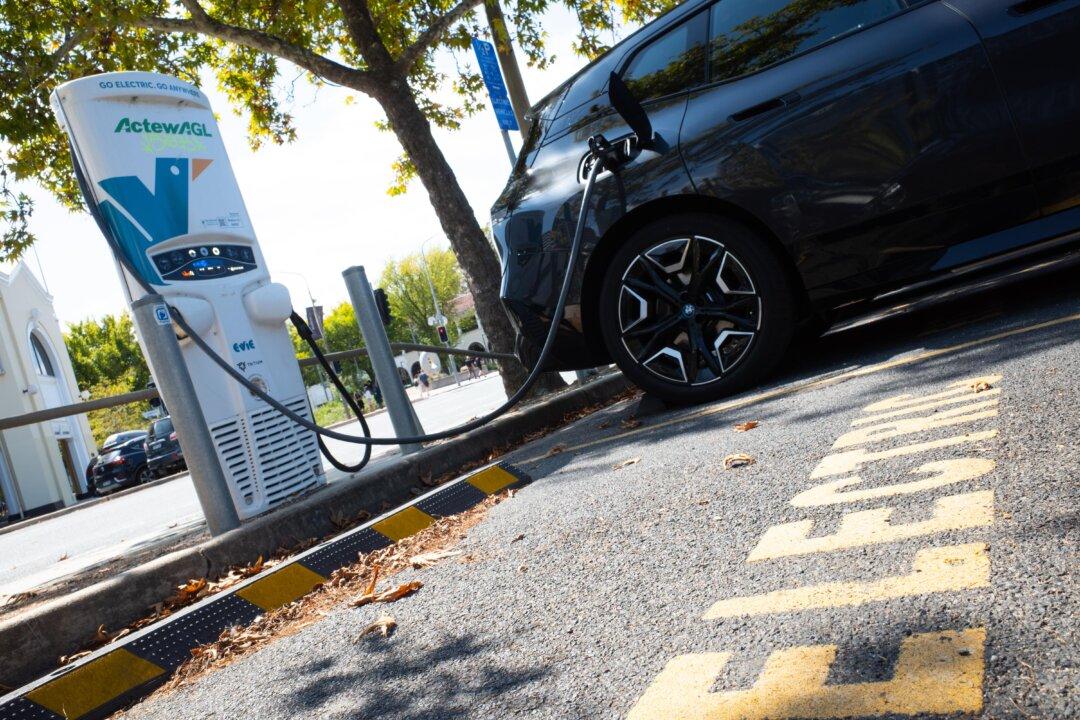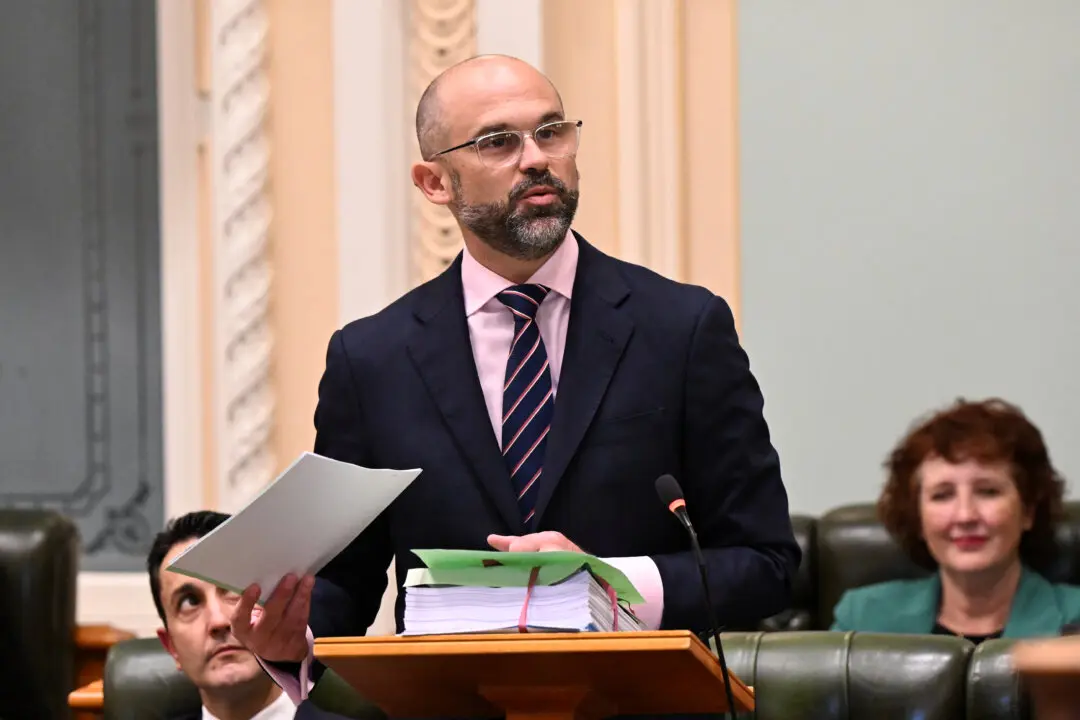Authorities in Canberra have not ruled out charging petrol and diesel car drivers a special fee to enter the nation’s capital as part of an ongoing push towards lower emissions.
The Labor-Greens government is facing criticism over its decision to embrace the C40’s “Green and Healthy Streets Accelerator” concept, which calls on governments to only operate zero-emission buses from 2025 and establish a “zero-emission” zone within their city by 2030.





